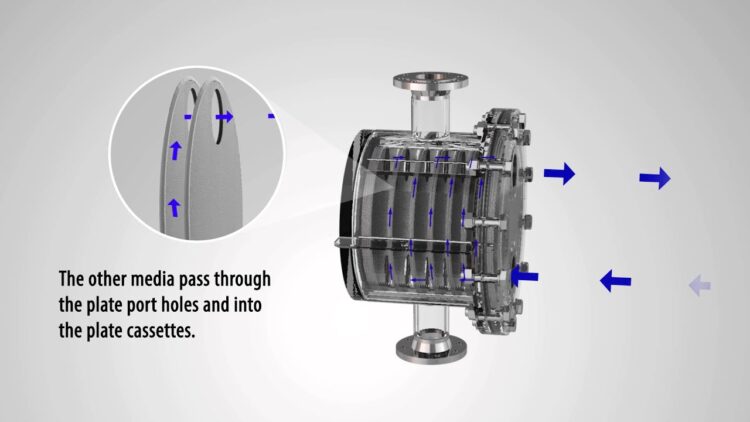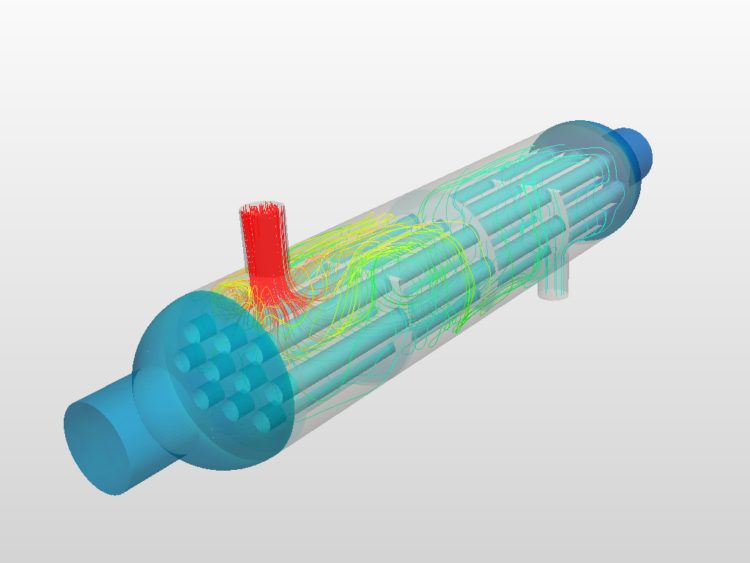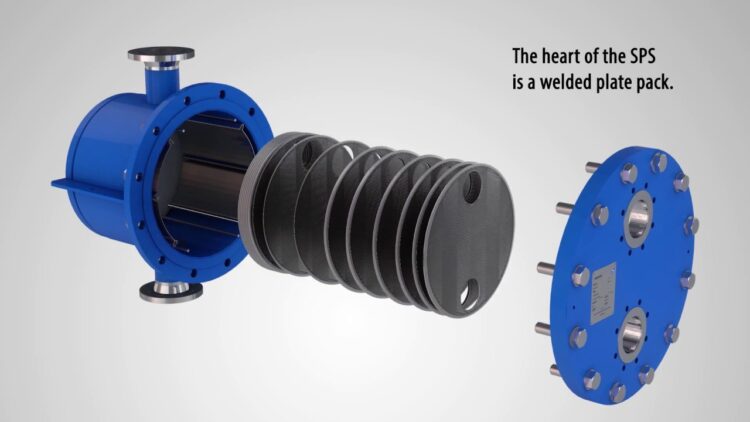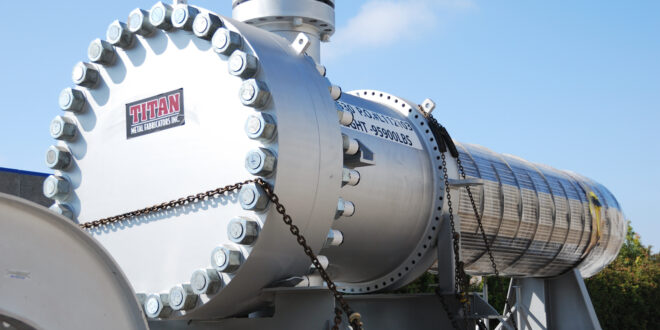If you are working in the industrial field, it is possible that you already know what a shell heat exchanger is – or at least you saw it. A shell heat exchanger is one of the most used and commonly found heat exchanger, and this is because it is not expensive to implement, it will not use additional energy to perform its tasks, and they will last for a longer time.
If you are interested in a shell heat exchanger, you are reading the right article. In the text below, you will be able to learn what is a shell heat exchanger, as well as how does it work and its most common components. Let’s take a look:
What is a Shell Heat Exchanger?

These heat exchangers can be used for gas and liquid, which gives them a wide range of application uses. However, it is mostly used as a cooling solution for various processes in an industrial plant. They are usually used for cooling oil in engines and hydraulic fluid, as well as hydraulic power packs and transmissions. They can also be used – with the right materials – for heating or cooling other mediums like a pool of water or charge air.
The Components of a Shell Heat Exchangers

These exchangers can be differently designed to fit the needs of specific processes; however, they all have similar components. The components include a shell, tubes, four ports, the inlet and outlet plenums, baffles, and a pressure differential. These parts are what make a shell heat exchanger work, and all of them have different uses. The shell is used to gold the interior parts together, while the tubes are used to hold and flow the substances.
The four ports are connections that allow the exchanger to use hook-ups while processing. The inlet and outlet plenums are used for collecting and discharging substances, while the baffle creates the turbulence in the shell. If you want to see more information about the components and design of a shell heat exchanger, visit this website.
The Working Principle of a Shell Heat Exchanger

There are two substances present during the cooling process, and they both have different temperatures. One fluid is used as a cooling medium, while the other is the process. This is where the previously mentioned components come in. The fluid that needs to be heated or cooled runs through the tubes inside the heat exchanger. The tubes then circulate the fluid that needs to be processed and the other one in order for the exchanger to work.
Keep in mind that there are some decisions to be made when choosing a cooling medium. In most cases, the cooling medium is the one that is available in a plant, and most plants require the use of a shell exchanger that has a water supply or a different network for pumping the cooling medium to the premise. The most common cooling mediums include water, ethylene glycol, and propylene glycol.
Conclusion
Now that you know how these shell exchangers work do not waste any more time and start searching for one that will fit your needs and requirements.
 Hi Boox Popular Magazine 2024
Hi Boox Popular Magazine 2024



